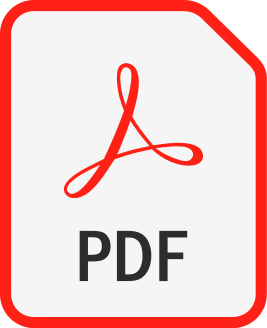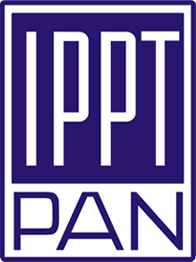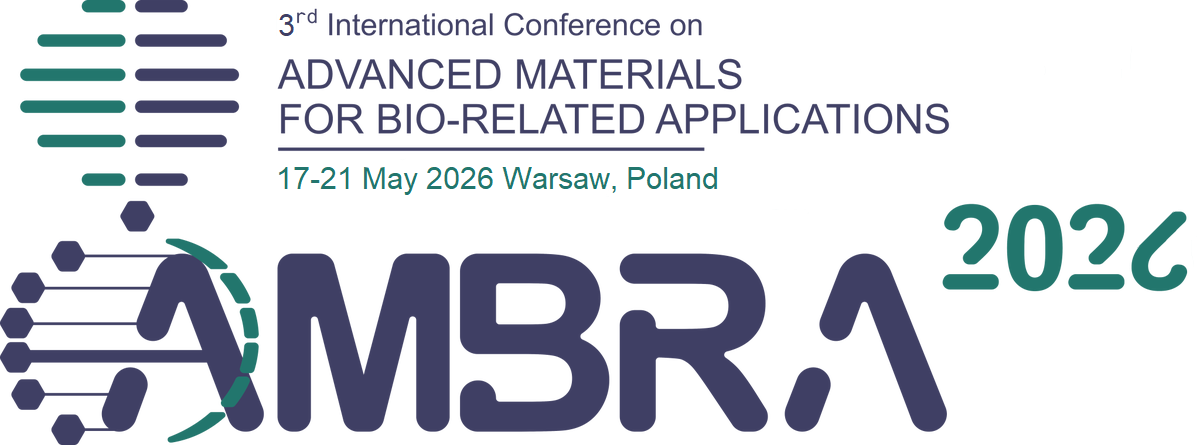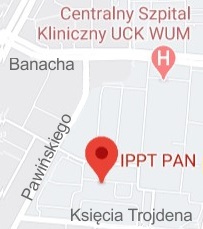| 1. |
Ustrzycka A., Mousavisogolitappeh H., Dominguez-Gutierrez F.♦, Stupkiewicz S., Atomistic study of radiation-induced ductile-to-brittle transition in austenitic steel,
International Journal of Mechanical Sciences, ISSN: 0020-7403, DOI: 10.1016/j.ijmecsci.2025.110567, Vol.303, pp.110567-1-15, 2025 Abstract:
Neutron irradiation in structural alloys promotes defect clustering, which suppresses plasticity and triggers a ductile-to-brittle transition (DBT), a key degradation mechanism limiting fracture resistance in nuclear materials. This study investigates the fracture mechanisms underlying this transition in irradiated Fe–Ni–Cr alloys. Using Molecular Dynamics simulations, we examine how different defect types influence crack propagation and energy dissipation mechanisms. The results reveal distinct roles of these defects: voids facilitate crack growth by reducing local cohesive energy, while dislocation loops act as barriers that impede crack advancement and redirect crack paths, significantly altering crack morphology. Building on the classical approach of separating fracture energy into brittle cleavage and plastic components, this study adapts the decomposition to irradiated materials. This framework quantifies the evolving contributions of surface energy and plastic work across increasing radiation damage levels, providing critical insight into how irradiation-induced defects govern fracture dynamics. Keywords:
DBT,Radiation-induced defects,MD simulations,Crack propagation,Critical strain energy release rate,Cr-rich alloys Affiliations:
| Ustrzycka A. | - | IPPT PAN | | Mousavisogolitappeh H. | - | IPPT PAN | | Dominguez-Gutierrez F. | - | other affiliation | | Stupkiewicz S. | - | IPPT PAN |
|  |
| 2. |
Entezari E.♦, Singh A.♦, Mousavisogolitappeh H., Velazquez J.♦, Szpunar J.♦, A cost-effective model for synergistic effects of microstructure and crystallographic texture on hydrogen-induced crack growth and corrosion rates in pipeline steels,
Materials Characterization, ISSN: 1044-5803, DOI: 10.1016/j.matchar.2025.114917, Vol.223, No.114917, pp.1-23, 2025 Abstract:
his study proposes a Cost-Effective model based on microstructure, crystallographic texture, and hydrogen (H) diffusion to evaluate H-damage in pipeline steels. H-crack growth and corrosion rates, measured using ultrasonic inspection and a Gamry electrochemical setup, were correlated with microstructure and texture. Results show that smaller ferrite grain size, lower density of co-incidence site lattice boundaries (CSLB), higher densities of geometrically necessary boundaries (GNB) and random high-angle grain boundaries (RHAGB), and higher overall stored energy (EAve) in texture fibers increase H-trap sites and reduce effective H-diffusivity, contributing to higher H-crack growth rates. Conversely, these same factors enhance corrosion resistance by improving passivation. Secondary phases have a detrimental effect on H-crack growth and corrosion resistance, varying with size, continuity, and volume fraction of phases. The proposed model, using hyperparameter tuning, quantifies the synergistic effects of microstructure, texture, and H-diffusion on H-damage and highlights the role of ferrite grain size in mitigating H-damage in pipeline steels. Finally, finite element (FE) analysis of grain structures provided supporting observations. Keywords:
H-crack growth rate, Corrosion rate, Microstructure, Crystallographic texture, Cost- effective model, Finite element stress analysis Affiliations:
| Entezari E. | - | other affiliation | | Singh A. | - | other affiliation | | Mousavisogolitappeh H. | - | IPPT PAN | | Velazquez J. | - | other affiliation | | Szpunar J. | - | other affiliation |
|  |
| 3. |
Mousavisogolitappeh H., Amini C.♦, Efficient homogenization of honeycomb sandwich panels using orthotropic core simplification and Finite Element-based method: A comparative study,
Journal of Composite Materials, ISSN: 0021-9983, DOI: 10.1177/002199832412404, Vol.58, No.10, pp.1-13, 2024 Abstract:
Composite materials, particularly honeycomb composites, are widely utilized in various industries, including aerospace, due to their high energy absorption against the impact and exceptional strength-to-weight ratio. This study aims to leverage the plastic and elastic properties of these materials to develop a simplified numerical model that incorporates orthotropic properties for core modeling. By doing so, the need for detailed honeycomb structure modeling is eliminated, resulting in reduced computational costs and time. A comprehensive three-dimensional finite element model, accounting for structural intricacies, is presented based on experimental data from a reputable source (isotropic model) and its equivalent finite element model (orthotropic model). The model is validated by the experimental results, demonstrating good agreement. The study also investigates parameters such as energy absorption, the internal energy of the core and faces, maximum displacement, and maximum contact force under low-velocity impact scenarios with spherical and cylindrical projectiles. These findings highlight the effectiveness of the orthotropic model, particularly in showcasing greater energy absorption in the core of the sandwich panel when subjected to a cylindrical impactor. Keywords:
honeycomb,sandwich panel,homogenization,finite element analysis,impact Affiliations:
| Mousavisogolitappeh H. | - | IPPT PAN | | Amini C. | - | other affiliation |
|  |
| 4. |
Entezari E.♦, Velazquez J.♦, Lopez D.♦, Zuniga M.♦, Mousavisogolitappeh H., Davani R.♦, Szpunar J.♦, An experimental and statistical study on the characteristics of non-metallic inclusions that serve as hydrogen-induced crack nucleation sites in pipeline steel,
Engineering Failure Analysis, ISSN: 1350-6307, DOI: 10.1016/j.engfailanal.2023.107695, Vol.154, No.107695, pp.1-15, 2023 Abstract:
This study consists of a statistical study to identify spatial distribution parameters of non-metallic inclusions (NMIs) at hydrogen-induced cracking (HIC) nucleation sites in both low-strength and high-strength steel pipes. The electrochemical cathodic charging method was used to induce HIC in pipeline steel plates, and the nucleation of the HIC was monitored using straight beam ultrasonic testing. Optical microscopy (OM) and scanning electron microscopy (SEM) were used to evaluate the shape, size, area fraction, and separation distance of NMIs. The hydrogen microprint technique (HMT), electron backscattered diffraction (EBSD) analysis, and finite element (FE) stress analysis were performed to characterize HIC nucleation sites. The findings showed that cubical and spinal NMIs, characterized by strong hydrogen trapping capacity due to high misfit strain and von Mises stress, are favored sites for HIC nucleation. The main finding of this study is that the shape and sharpness of NMIs are the factors that determine when NMIs will be a HIC nucleation site, rather than size, as generally accepted. Keywords:
Hydrogen-induced cracking, Statistical study, Non-metallic inclusions, Hydrogen microprint technique, Finite element stress analysis Affiliations:
| Entezari E. | - | other affiliation | | Velazquez J. | - | other affiliation | | Lopez D. | - | other affiliation | | Zuniga M. | - | other affiliation | | Mousavisogolitappeh H. | - | IPPT PAN | | Davani R. | - | other affiliation | | Szpunar J. | - | other affiliation |
|  |




















